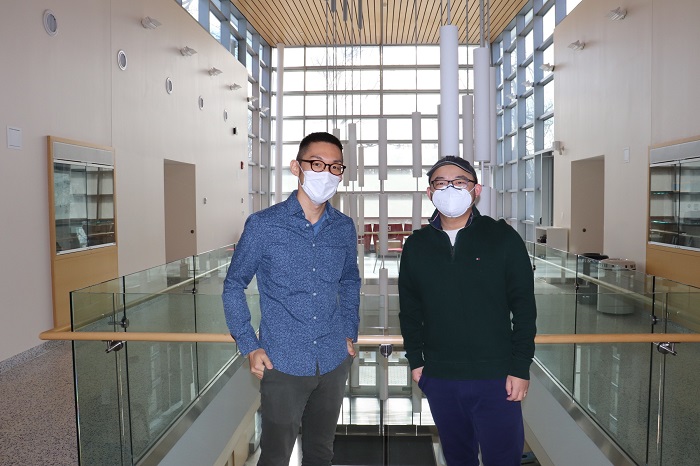As the battle against COVID-19 continues, Stony Brook has been at the forefront of the pandemic with a convergence approach that includes both medicine and artificial intelligence. In Stony Brook's Institute for AI-Driven Discovery and Innovation, a multidisciplinary team is collaborating to develop a new way to look at image progression for COVID-19 patients, that helps the battle against the pandemic. In turn, Stony Brook faculty in the College of Engineering and Applied Sciences have made significant inroads that examine ways to fight the pandemic.
Jeffrey Ullman of Stanford University is a renowned American computer scientist who just won the 2020 Association for Computing Machinery A.M. Turing Award -- and he has two generations of Stony Brook connections.
Building intelligent natural language processing (NLP) systems to understand text and speech requires teaching computers notions of what individual words mean. Machine learning approaches capture these meanings through word embeddings learned from large text data sets. But these approaches can learn unhealthy biases from training on biased text sources, potentially leading to artificial intelligence systems that discriminate against specific groups.
spotlightimage

Spotlight Link
Part six of our AI Researcher Profile series invites Assistant Professor Yifan Sun of the Department of Computer Science, to speak of her ongoing collaborative research in optimization and machine learning.
AI Institute: Tell me about your position as an Assistant Professor of the Department of Computer Science.
Professor Sun: I am currently working on several interesting projects in continuous optimization, as well as some collaborations with other CS faculty, in particular in natural language processing. I am also teaching the current Machine Learning class (CSE 512). So far it’s been great working with the students and faculty at Stony Brook!
PhD student Huy Vu has found a creative way to explain his thesis — by writing, directing, producing and dancing in a video.
The third-year PhD candidate in the Department of Computer Science at Stony Brook University, created the video for the 13th annual worldwide “Dance Your PhD” competition run by the American Association for the Advancement of Science and its research journal, Science. The contest requires students to explain their PhD thesis through dance and body movements.
The AI Institute Stony Brook University’s Institute for AI-Driven Discovery and Innovation and its faculty have been expanding their research in the field of computer vision, presenting revolutionary findings on an international scale. Three pieces of this inventive and pioneering research have landed at the chief international venue for computer vision: Computer Vision and Pattern Recognition (CVPR)
Postdoctoral researchers play a special role in academic research, bringing in new ideas and energy while they advance their careers into independent scholars. Stony Brook’s Institute for AI-Driven Discovery and Innovation is benefiting from two new postdoctoral associates, Baojian Zhou and Naoya Inoue, both of whom were welcomed to the team this past year. They are spearheading new research which will advance our understanding of online optimization, explainable AI, natural language processing, and machine learning. By working with diverse faculty and graduate students across many research groups, their presence amplifies activities across the Institute.








